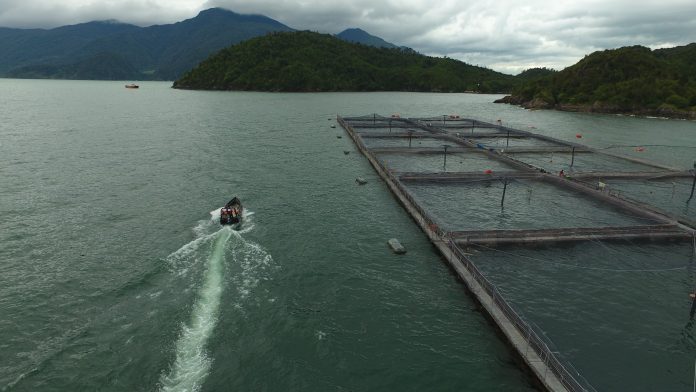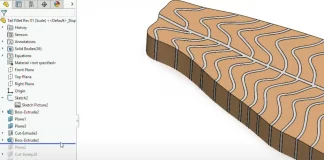Chile’s Salmones Camanchaca posted its second quarter 2018 results.
Salmones Camanchaca released its financial statements and reported EBITDA before fair value adjustments of US$ 34.7 million for the first half of the year, up 30.7% from US$ 26.5 million for the same period in 2017.
Sales grew by +128%, reaching 11.000 tonnes.
High prices
Salmones Camanchaca, Vice Chairman, Ricardo García, said in the presentation:
“In April we had historically high prices – when prices tend to skyrocket, we tend to lag behind the marginal price. That’s because we do not sell 100% in the fresh spot market, we have contracts both fresh and frozen.”
He also commented: “the growth in our Atlantic salmon harvests and our improved conversion factors offset the effect of reduced feeding during the first quarter of 2018 due to seasonal blooms. They also confirm our original harvest estimates of 48 thousand tons WFE (whole fish equivalent) for this year”.
García revealed that harvest growth was due to a “high energy diet” which worked better than expected.
Costs for the period were US$ 3.1 per kilo of live weight fish, in line with the company’s annual cost targets of close to US$ 3 per kilo. During the first half of the year, primary and secondary processing costs totaled US$ 0.98 per kilo WFE(whole fish equivalent), 22% less than the same period last year. García remarked, “These cost reductions are the result of our larger scale and the efficiency projects implemented since 2017 at our plants, which were presented during the company’s IPO process”.
New sites
“We have already 50 concessions back in our hands,” García added in the presentation, saying that “we are revising the layout of the frozen and fresh so that we sell primarily from our processing plant, starting in 2019.”
He said that the company had vastly improved their filleting line thanks to a new second Marel salmon filleting machine (MS2730) which was installed in early 2018.
The future
Looking ahead, Ricardo García, said: “the growth in our Atlantic salmon harvests and our improved conversion factors offset the effect of reduced feeding during the first quarter of 2018 due to seasonal blooms. They also confirm our original harvest estimates of 48 thousand tons WFE for this year.” He added an estimated 12 million smolt this year (which are now entirely from their own hatchery) are estimated to be raised by the end of the year in total.
On the Agrosuper/AquaChile merger, concluded that it “was good for the industry. Pity that they are not joining us here in Oslo.”











